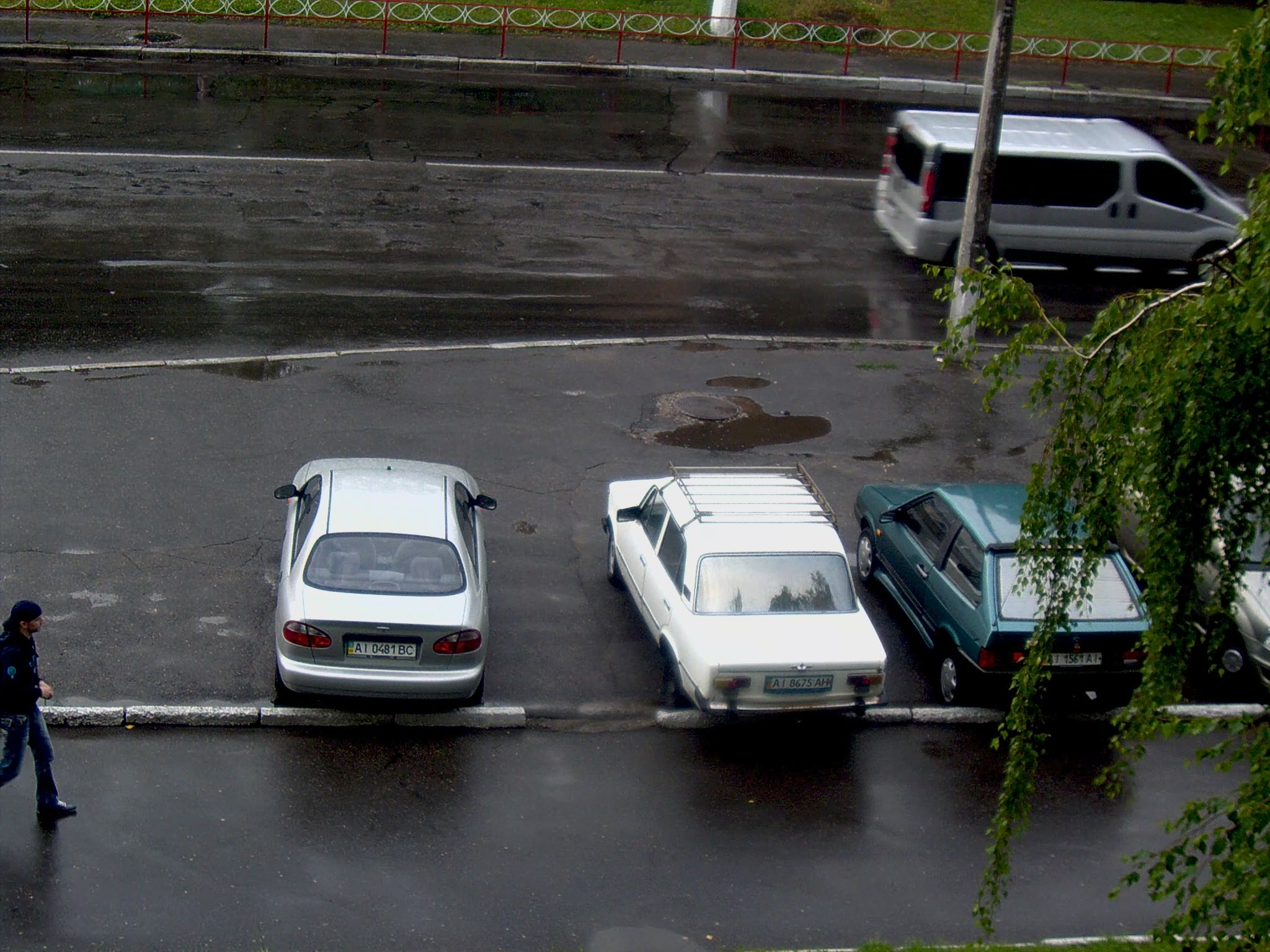Resolution of megapixel High-Definition (HD) camera
High-Definition (HD) resolution can be seen as a subset of the megapixel. Any camera with a resolution of more than a million pixels is, by definition, a megapixel camera. On the security market, the lowest resolution in the range of megapixel cameras is about 1.3 megapixels, which provides a resolution of 1280 x 1024 pixels (or 1.3 million pixels), with a resolution of 10 megapixels - 3648 x 2752 pixels. The range of megapixel surveillance cameras continues to expand to offer new solutions and adapt to ever-increasing demands. For example, the Geovision company has expanded its range of megapixel cameras, and now the Geovision range includes 1, 1.3, 2, 3, 5 megapixel cameras, which differ not only in resolution, but also with additional functions, such as: LOW LUX, WDR , Panning (fisheye), weather protection classes, etc.
 3 megapixel Geovision IP camera GV-BL320D, open in a new window to see the full resolution.
3 megapixel Geovision IP camera GV-BL320D, open in a new window to see the full resolution.
Limitations of resolution for HD cameras
For HD cameras, the standard resolution is 720p or 1080p. The numbers 720 and 1080 indicate the number of pixels horizontally. Therefore, 720p HD cameras provide an image with a resolution of 1280 x 720 (921,600 pixels - which is not a megapixel image), 1080p cameras provide an image with a resolution of 1920 x 1080 or 2.1 megapixels. The HD video format also uses a 16: 9 aspect ratio (rather than 5: 4 or 4: 3), for example, Geovision megapixel IP cameras allow you to adjust the aspect ratio to the format you need.
IP video systems will show growth
IP video surveillance is on the verge of significant growth, both among private users and among large organizations. Advantages such as: program management, functionality, scalability, video availability from anywhere in the world using PC and mobile interfaces are often mentioned as factors contributing to this growth. Be that as it may, the main advantage of IP cameras remains the ability to provide a wide range of resolutions. Using megapixel cameras for video surveillance, you can view the protected area in any resolution up to 10 megapixels (3648 x 2752 pixels - which is almost five times the resolution of a 1080p camera).
1.3 megapixel IP camera Geovision GV-BX120D, select the maximum resolution available to fully appreciate the quality of the recording.
Using a combination of cameras with different resolutions
Taking into account the capabilities of megapixel cameras, today IP-surveillance systems can be built in which cameras with different resolutions can be used. For example, for areas of increased attention, cameras with high resolution can be installed, while additional zones are considered in lower resolution with a lower frame rate. This approach allows you to save bandwidth network infrastructure of the object and reduce the number of storages for archive data.
The higher resolution that IP cameras offer also allows you to use fewer surveillance cameras to cover large areas without loss of detail, and reduce the cost of deploying related infrastructure for a security system. In addition to lowering the initial cost of installing the system, these benefits will also lead to lower total cost of ownership.
Previously, each surveillance camera had to be connected with a coaxial cable going to the DVR, which increased the cost of laying the cable exponentially. Using IP-technologies, it allows connecting several cameras with fewer cables and using power via Ethernet (PoE), which allows you to power the cameras with the same CAT-5 cable that transfers data from the camera.
Switching to cameras with megapixel resolution
The use of advanced software solutions specifically in IP video surveillance systems, the use of the compression codec - H.264, which allowed to reduce the bandwidth requirements of network infrastructure, the need for fewer IP cameras than analog ones to cover large areas when deploying a video surveillance system, as well as the ability saving on building network infrastructure and labor costs are the reasons why IMS Research predicts significant growth in IP-surveillance systems installations, as a result, more than half of the network cameras installed in 2014 will be high-definition cameras or megapixel resolution.
